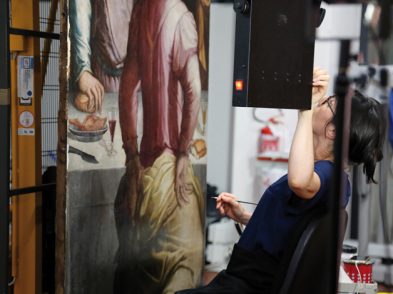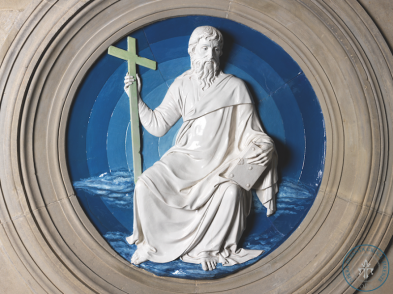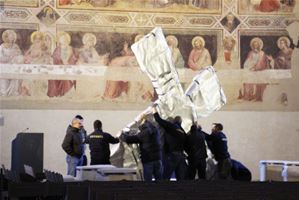This article is the first in a series by Giuseppe De Micheli, the Director of Opera di Santa Croce.
In medieval Florence, illustrious figures had a special honour bestowed upon them: burial in the basilica of Santa Croce. This explains why so many important monuments in Santa Croce were erected in the memory of chancellors of the Florentine Republic. Virtually all traces have been lost of one of these monuments, however: the tomb of Benedetto Fortini. We assume, given his status, that he died in magnificence and was mourned by his contemporaries one night in December 1406.
Practically no evidence remains of this great politician, diplomat and man of letters: Fortini’s date of birth is unknown; there’s no Wikipedia entry about him; neither diplomatic letters nor chronicles of his life have been passed down to the present day, and—most poignantly—not even a clear mark of his burial place is found in Santa Croce.
A note discovered a few years ago among the documents of the historical archives of the Opera of Santa Croce helps to explain why: in the eighteenth century, a partial collapse of the roof crushed Fortini’s tombstone. Later, when the church floor was refurbished, those fragments were dispersed, leaving only the delicate black-and-white marble frame that once enclosed it.
Today, to the right of the stairs leading to the main altar, in front of one of the chapels painted by Giotto, we can stop and ‘observe’ the only tomb that cannot be seen in this temple of illustrious men, the earthly resting place of a great man all the same. There is, however, a more visible reminder of Benedetto Fortini’s existence: across the Arno from Santa Croce, a busy road heading south out of Florence still bears his name today.








